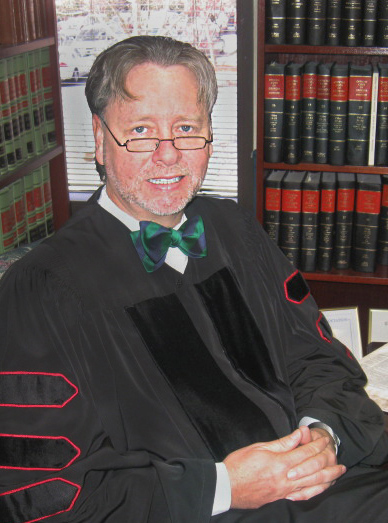 There are synonymous meanings to the phrase “perfect storm,” but the one that describes the current state of the war on zero tolerance school policies is “a phenomenon that happens to occur in such confluence, resulting in an event of unusual magnitude.” The war started many years ago when researchers began studying the effects of school suspensions and arrests, revealing the risk of kids dropping out of school, committing crimes, and inevitably landing in prison.
There are synonymous meanings to the phrase “perfect storm,” but the one that describes the current state of the war on zero tolerance school policies is “a phenomenon that happens to occur in such confluence, resulting in an event of unusual magnitude.” The war started many years ago when researchers began studying the effects of school suspensions and arrests, revealing the risk of kids dropping out of school, committing crimes, and inevitably landing in prison.
During the intervening years we have witnessed a phenomenal occurrence of independent initiatives attacking zero tolerance from varying approaches. This phenomena of occurrences got a boost from an unexpected source — medical science.
Research on the adolescent brain revealed that the pre-frontal lobe is not developed until age 25. This part of the brain is what we call the “Thinker” — it translates emotion into logic.
This unexpected marriage between the social and medical sciences was phenomenal in timing and strategy. Zero tolerance policies could no longer be justified on the traditional crime and punishment theory of deterrence. Kids are neurologically wired to do stupid things. Adolescents are under neurological construction — they are still being hard-wired! Handcuffs, jails, and courts are not good places to hard-wire a kid — it makes them worse!
As the social and medical research was stirring up storms of protest, it also influenced the first step toward organizing a fight against any systemic malady — naming the monster. Its slayers must recognize it and rally others in support of the effort to kill it. And so it was tagged the School-to-Prison Pipeline — aptly describing where it begins and ends.
What followed was an onslaught of fury from individuals and organizations working mostly independently to dismantle this pipeline monster. Their independent efforts have garnered considerable national attention causing some communities to reconsider the treatment of students — including officials at the highest levels of government.
The federal departments of Justice and Education have joined the fray using school arrest data around racial disparities to help communities confront their monster. Litigious strategies are not out of the question if local officials deny they have a monster in their midst — Meridian, Miss., is a case in point.
Congress soon followed with a Senate hearing to vet the dangers of this monster. The significance of the Senate hearing is not in Congressional recognition of this monster, but in the recognition of the many initiatives fighting to slay this monster. This hearing revealed a paradox of strategy — the sheer number of slayers was an incontrovertible statement that the monster was losing its appeal, but its existence continued for our lack of confluence — a joint effort to create a perfect storm. This paradox manifested a question key to the success of this war — how can our efforts bring death to this monster sooner than later?
The answer is in key national organizations with the collaborative influence to bring key stakeholders together to design a coordinated strategy in national scope and comprehensive pursuit. Two such organizations come to mind -- the National Council of Juvenile and Family Court Judges (NCJFCJ) and the Council of State Governments (CSG).
NCJFCJ has brought together judges, defenders, prosecutors, researchers, attorneys and advocates to train to become facilitators in the School Pathways to the Juvenile Justice System — a project to dismantle the school-to-prison pipeline. I served as the lead faculty because the project’s mission is the creation of written inter-agency agreements to reduce school arrests by judicially led stakeholder groups — an approach I pioneered in 2003 leading to an 83 percent? decline in school arrests. Today it is called the Judicial Leadership Model for System Change and it has resulted in another approach called the Positive Student Engagement Model for School Policing — crime prevention and solutions through building positive relationships with students.
This gathering included Carl Reynolds with the Council of State Governments (CSG) — an agency that has brought together renowned experts in the fields of education, behavioral health, school safety, juvenile justice, social services, law enforcement and child welfare to develop a comprehensive report with policy and practice recommendations and implementation guidance to minimize suspensions, expulsions and arrests. The efforts of CSG and NCJFCJ are an attempt to bring together the varying initiatives to create a perfect storm — what we can’t do alone, we can do together!
My suggestion to those communities still harboring this monster:
the winds of justice will eventually blow this perfect storm in your direction.
